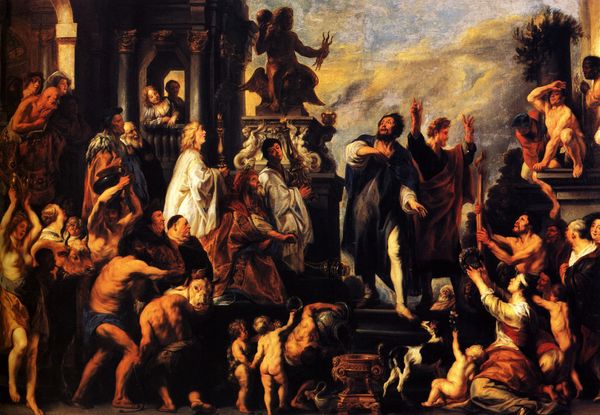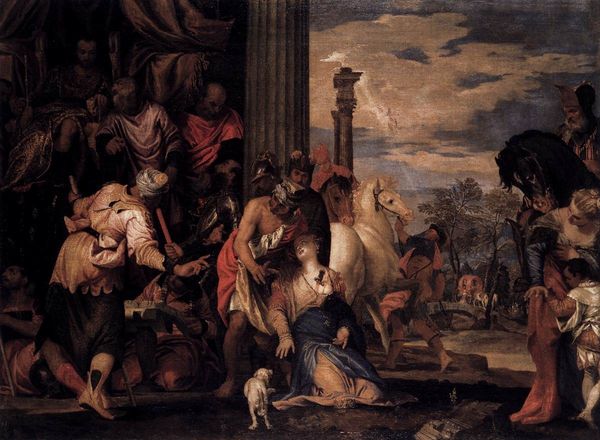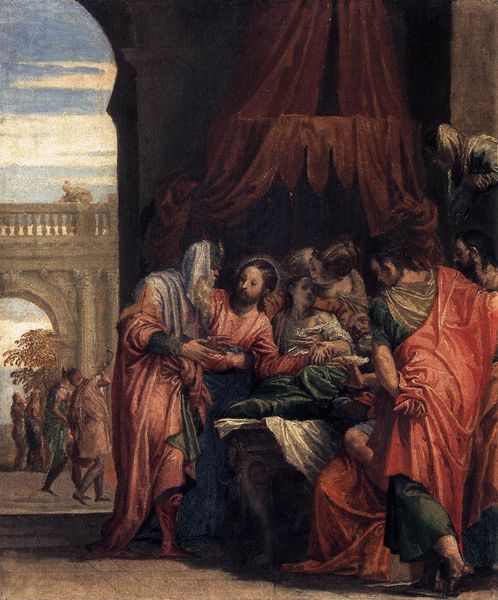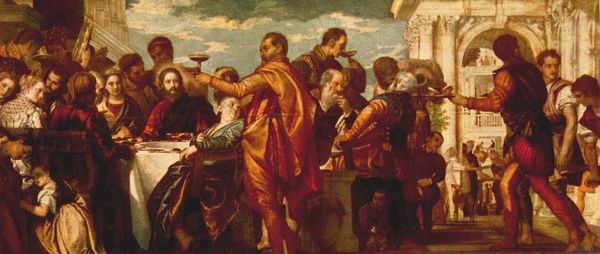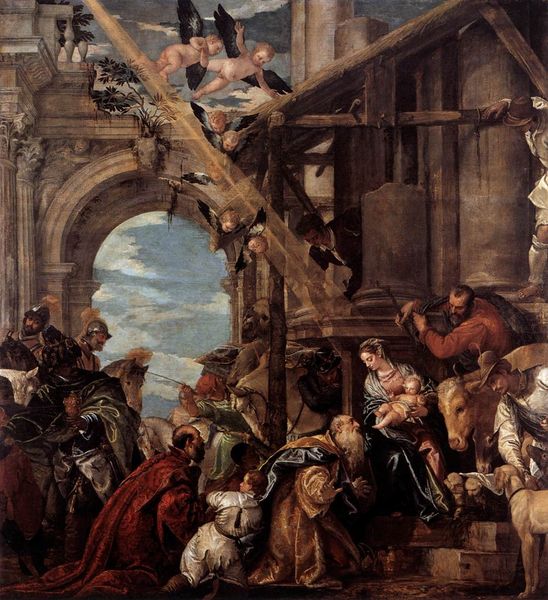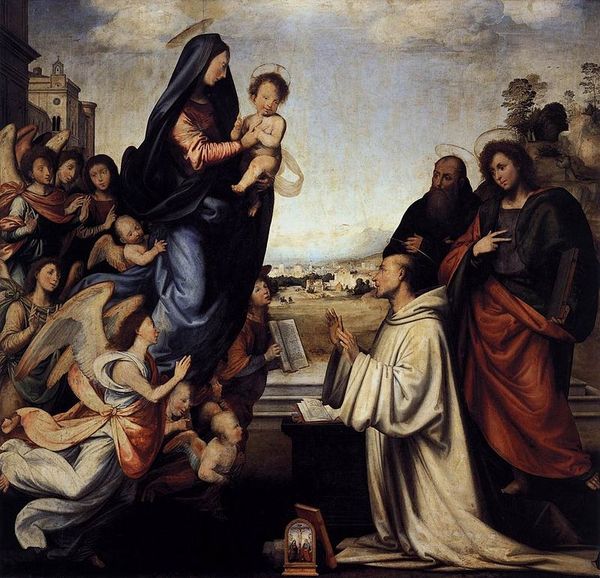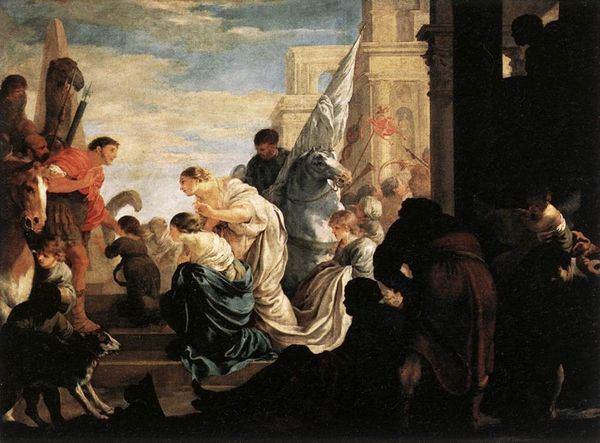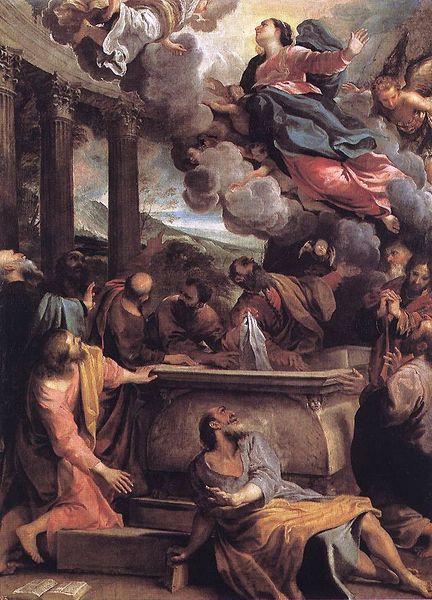
painting, oil-paint
#
high-renaissance
#
venetian-painting
#
allegory
#
narrative-art
#
painting
#
oil-paint
#
oil painting
#
jesus-christ
#
christianity
#
painting painterly
#
genre-painting
#
history-painting
Dimensions: 315 x 451 cm
Copyright: Public domain
Editor: This is Paolo Veronese's "Feast in the House of Simon," painted around 1560 with oils. It’s bursting with people! They're set against such grandiose architecture; it almost feels like a theatrical production. How do you interpret this work? Curator: What stands out is how Veronese stages a biblical scene within a lavish, contemporary setting. The High Renaissance was all about connecting religious themes to worldly grandeur, wasn’t it? Consider how the opulent architectural details - the columns, the balcony filled with spectators - pull focus as much as the religious narrative itself. The patronage of Venetian elites significantly influenced such display; can't you feel it? Editor: Definitely! It seems to be making a statement about the church's wealth and influence, maybe? Is that something Veronese was consciously doing? Curator: Precisely. By placing Jesus amongst such obvious wealth, the painting opens itself up to questions about the Church’s own role. The feast becomes a scene of social and political theater as much as religious significance, what could this suggest in the art world then? What did you observe of these social codes? Editor: That’s a perspective I hadn't fully considered, looking beyond just the immediate biblical narrative to the societal reflections happening here. It’s like Veronese used religious art to comment on Venice. Curator: Yes, indeed. We can also examine this kind of work to show how art institutions such as museums help cultivate the politics of imagery in such historical works. What do you make of that, Editor? Editor: Very illuminating; it encourages looking deeper into the socio-political undercurrents of the time. Curator: Indeed. It shows us art serves not just the religious domain but is part of social display as well.
Comments
No comments
Be the first to comment and join the conversation on the ultimate creative platform.

